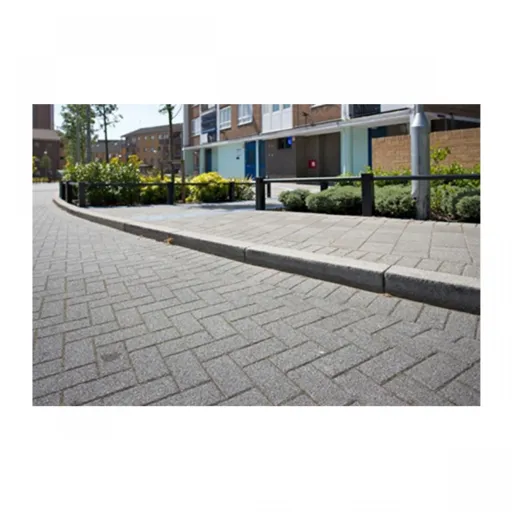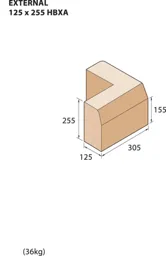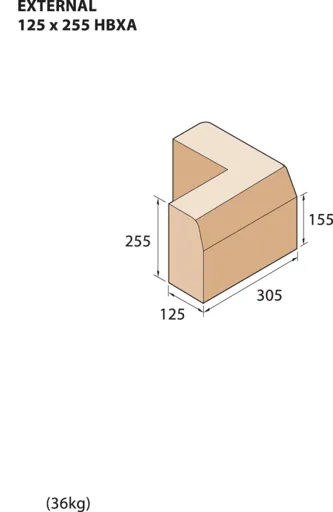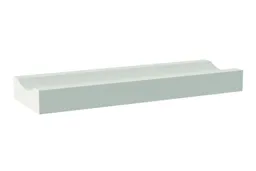Kerbs
Kerbs, a quintessential component in the realms of fencing and landscaping, play an integral role in defining, protecting, and enhancing outdoor spaces. Serving both aesthetic and functional purposes, kerbs delineate pathways, gardens, and driveways, offering a crisp, clean boundary that not only adds to the visual appeal of the landscape but also contributes to its structural integrity. Within the category of kerbs, one finds a diverse assortment of materials and designs, each tailored to suit different environmental conditions and stylistic preferences. From the robust and durable concrete kerbs, ideal for withstanding the rigours of weather and heavy foot traffic, to the more refined and decorative stone kerbs that complement the natural beauty of garden landscapes, the variety available caters to a broad spectrum of landscaping needs. Furthermore, kerbs play a crucial role in drainage and soil retention, preventing erosion and water damage to adjacent areas. By effectively channelling rainwater away from pathways and garden beds, kerbs help maintain the health and longevity of landscaped areas. Not to be understated is the safety aspect kerbs contribute to, providing clear demarcation between different zones, thereby reducing the risk of accidents. In selecting the appropriate kerbs for a project, consideration must be given to their compatibility with the existing landscape design, their resilience against environmental factors, and their capacity to meet the practical demands of the space. Consequently, understanding the varied offerings within the kerbs category is essential for anyone looking to enhance the functionality and aesthetic appeal of their outdoor environments.Search in category
Price Range
Brands
No brand matched.
Colour
Length
Manufacturer Code
Specific Colour
Thickness
Width

Half Battered Straight Kerb
£17.07 Bradfords.co.uk

Channel CS2 150 x 125mm 914mm
£13.21 Bradfords.co.uk

Bullnosed Straight Kerb
£11.35 Bradfords.co.uk

Kerb Quadrant QHB 305 x 255mm
£44.95 Bradfords.co.uk

Kerb External Angle Half Battered HB HBXA 125mm x 255mm
£45.78 Bradfords.co.uk

Kerb Internal Angle Half Battered HB HBIA 125mm x 255mm
£45.78 Bradfords.co.uk

Dished Channel CD 150mm x 100mm 914mm
£18.12 Bradfords.co.uk